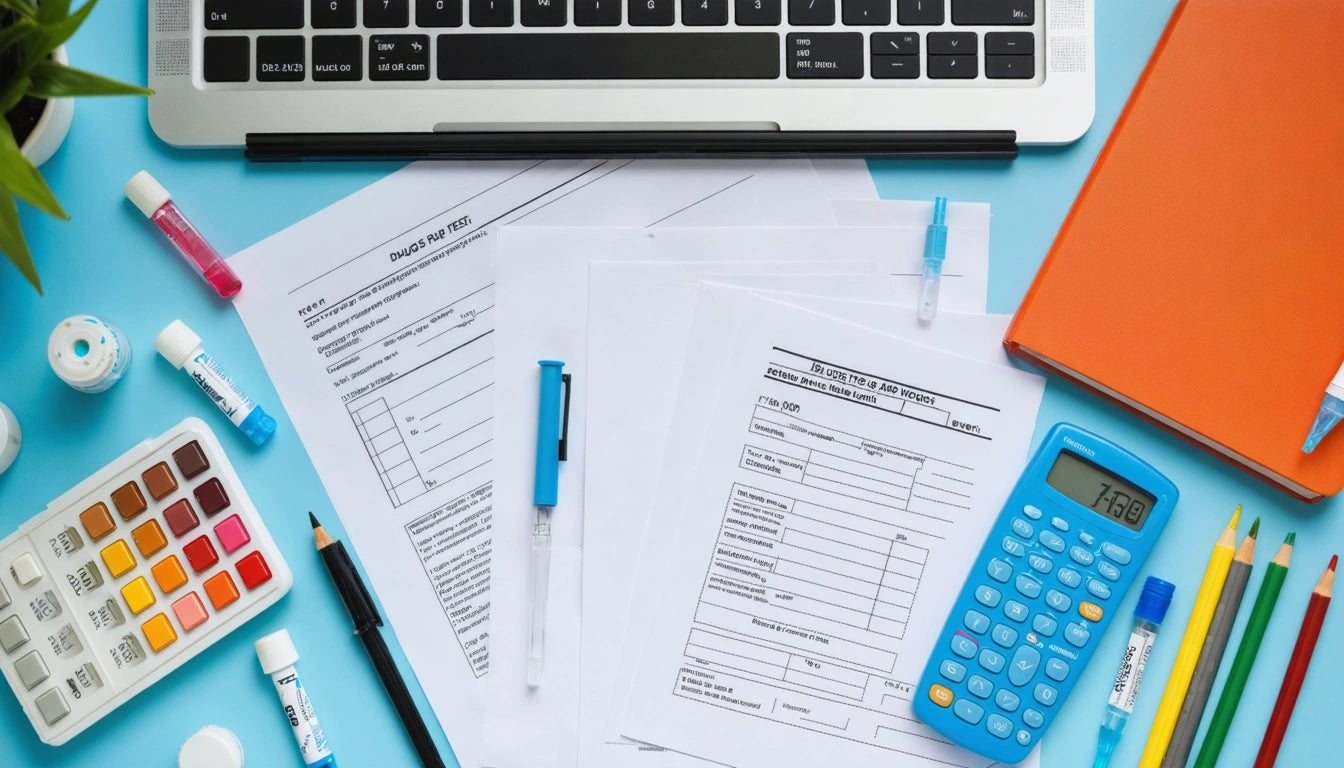Table of Contents
Everything You Need to Know About Crafting and Understanding Paper Bags
Paper bags represent one of the most versatile and environmentally friendly packaging solutions available today. From grocery stores to boutique shops, these humble containers have become essential in our daily lives. Understanding how to create paper bags and what they're made of can help businesses and individuals make informed decisions about their packaging needs.
Origins and Materials: What Are Paper Bags Made Of?
Paper bags originate from wood pulp, typically sourced from pine, spruce, or fir trees. The journey from tree to bag involves several processing steps that transform raw wood into usable paper. The question of where paper bags come from has both geographical and manufacturing dimensions.
Most commercial paper bags are made from kraft paper, which undergoes a sulfate pulping process. This creates a strong, tear-resistant material ideal for carrying items. Kraft paper typically contains:
- Wood pulp (primary component)
- Lignin (natural wood polymer that provides strength)
- Cellulose fibers (structural component)
- Various additives for water resistance or coloring
The thickness of paper used in bag production is measured in pounds per ream or GSM (grams per square meter). Grocery bags typically use 50-70 lb kraft paper, while luxury retail bags might use 100 lb or higher for added durability and premium feel.
Properties and Benefits of Paper Bags
Understanding what are the properties of a paper bag helps explain their widespread use. Key characteristics include:
- Biodegradability: Paper bags decompose within 2-5 months in proper conditions
- Recyclability: Can be recycled 5-7 times before fibers become too short
- Tensile strength: Quality paper bags can hold significant weight relative to their own mass
- Printability: Excellent surface for branding and information
- Breathability: Allows air circulation, making them suitable for certain food items
These properties make paper bags particularly valuable in today's sustainability-focused market. Many businesses are returning to paper solutions after years of plastic dominance, recognizing both environmental benefits and consumer preferences.
How to Make Bags Out of Paper: Step-by-Step Guide
Learning how to make bags out of paper can be both practical and creative. Here's a simplified process for crafting basic paper bags:
Materials Needed:
- Kraft paper or sturdy decorative paper
- Ruler and pencil
- Scissors or paper cutter
- Glue stick or white glue
- Hole punch (optional for handles)
- String or ribbon (optional for handles)
Basic Paper Bag Instructions:
- Cut paper to desired size (typical dimensions: 10" x 16" for a standard shopping bag)
- Fold the bottom up about 2" and crease firmly
- Fold the sides in about 2" on each side and crease
- Unfold the bottom and sides
- Fold the corners of the bottom section in to create triangles
- Fold the bottom up along the original crease
- Apply glue to the side tabs and fold the bag into shape
- For handles, punch holes near the top and thread ribbon or attach paper handles
For those interested in more advanced bag creation techniques, specialized equipment like tabletop bagging machines can streamline the process for small businesses or crafters producing in larger quantities.
Crafting Variations and Techniques
Beyond basic bags, there are numerous variations in how to create paper bag styles for different purposes:
- Gusseted bags: Feature expandable sides for increased capacity
- Flat bottom bags: Stand upright when filled, ideal for food items
- Twisted handle bags: Incorporate twisted paper handles for strength
- Window bags: Include transparent sections to display contents
In gaming contexts like New World, how to craft bags involves gathering specific materials and following in-game recipes. While virtual crafting differs from real-world techniques, both share the fundamental principle of transforming raw materials into functional items.
For those looking to repurpose existing paper bags, creative solutions for storing and repurposing grocery bags can extend their usefulness well beyond their initial purpose.
Printing and Customization Options
Custom printing transforms basic paper bags into powerful branding tools. Modern printing techniques allow for vibrant colors and detailed designs that catch consumers' attention. For businesses looking to elevate their packaging, understanding printing techniques for paper bags is essential.
Common printing methods include:
- Flexographic printing (ideal for large runs)
- Digital printing (perfect for smaller quantities with detailed designs)
- Screen printing (creates vibrant, durable imprints)
- Letterpress (provides an elegant, tactile finish)
When designing custom bags, it's important to consider how they'll complement other packaging elements. For instance, businesses using glass containers might also need to source quality caps and lids that meet safety standards to create a cohesive packaging system.
Sustainable Future of Paper Packaging
As environmental concerns grow, paper bags are experiencing a renaissance in the packaging world. Their natural origins and biodegradable properties align with consumer demands for sustainable alternatives to plastic. The future of paper bags will likely include:
- Advanced coatings that enhance water resistance without compromising recyclability
- Integration of seed papers that can be planted after use
- Innovative structural designs that increase strength while using less material
- Wider adoption of recycled content in premium bag applications
Understanding where paper bags come from and how they're made empowers consumers and businesses to make environmentally responsible choices. As packaging technology evolves, paper bags continue to adapt while maintaining their fundamental advantages of renewability and biodegradability.
Whether you're crafting bags by hand for a special occasion or sourcing wholesale options for a business, paper bags offer versatility, customization potential, and environmental benefits that few other packaging solutions can match.











Leave a comment
All comments are moderated before being published.
This site is protected by hCaptcha and the hCaptcha Privacy Policy and Terms of Service apply.